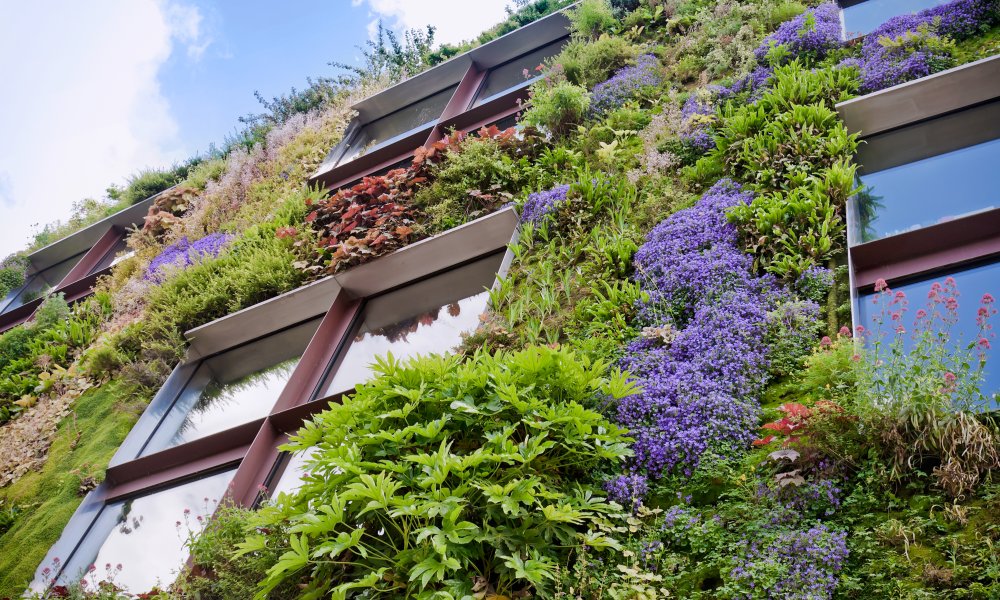During the 15th Conference of the Parties by the UN Convention on Biological Diversity in Canada, the Kunming-Montreal Global Biodiversity Framework, popularly referred to as the "Paris Agreement for Biodiversity", was agreed upon by the UN Nations.
The agreement holds similar goals and commitments on the preservation of natural habitats and biodiversity as the better-known Paris Agreement from the UN Climate Change Conference (COP21) in 2015, which focuses on emission cuts and climate adaptation. The biodiversity agreement earmarks USD 200 billion by 2030 to be used on biodiversity measures, and to establish subsidies of another USD 500 billion for nature.
As Storebrand Asset Management CEO Jan Erik Saugestad noted at the time, this agreement appears to be a pivotal moment for the relationship between finance and nature.
Since then, it could be argued, momentum seems to be growing. Several cities have now signed a dedicated agreement for cities to fast-forward the biodiversity of urban areas called C40 Urban Nature Accelerator. Focusing on how to incorporate biodiversity considerations in all urban projects, the desired outcome will be both to safeguard current species and attract new ones.
The ultimate questions centre around a core of issues, such as:
- How to improve and harvest ecosystem services like pollination
- Shade to keep temperature rise in check
- Oxygen production and CO2 removal
- Pollution reduction and natural sponges of water to prevent flash floods
Re-attracting native species of flora and fauna is essential, in order to solve these challenges.
Several solution companies in the Storebrand Smart Cities portfolio have biodiversity-promoting activities as a part of their business models.
Some interesting examples include the green roofs of Swedish building materials company Nordic Waterproofing, the Canadian engineering and architecture company Stantec's urban oasis projects with regeneration of nature in cities, the wildlife corridors of the Dutch engineering firm Arcadis, Japanese homebuilding company Sekisui House's practice to integrate local tree and plant species in all homebuilding projects and the biodiversity monitoring and management systems of the Spanish infrastructure construction firm Acciona.
A recently acquired position in the fund with a stellar record of biodiversity considerations in construction is the Swedish engineering services company SWECO. The firm specialises in environmental technology and architecture, integrating urban planning and IT solutions in construction with a deep understanding of how more nature-based solutions and biodiversity positively affects human health as well as safeguards the environment.
Continuing on the theme of biodiversity: Just ahead, on 22nd May, is the upcoming International Day for Biological Diversity. Declared by the United Nations, this day is marked to promote understanding and awareness of Biodiversity issues. It's worth paying attention to, to gain a feel for where the issue of biodiversity is headed, and its growing presence on the agenda in many countries and sectors.




